Winter wonderlands await: 13 national parks that shine even brighter in the cold season
- Replies 0
Many travelers picture packed trails and hot, crowded lookouts when they think of America’s most famous natural escapes, but winter quietly reshapes these landscapes into something entirely different.
Cooler temperatures create calmer paths, clearer views, and seasonal experiences that simply don’t exist in warmer months.
Visitors searching for peaceful scenery, dramatic weather, or mild outdoor adventures often find that the colder season unlocks a more intimate side of these iconic destinations.
For anyone hoping to avoid the busy months and see nature in a new light, these beautiful places offer a rare kind of magic.
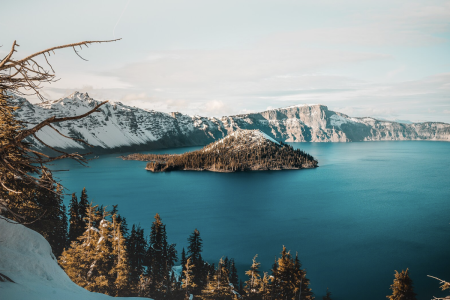

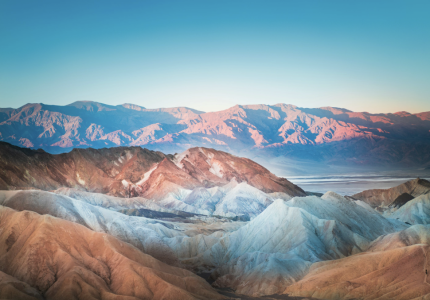

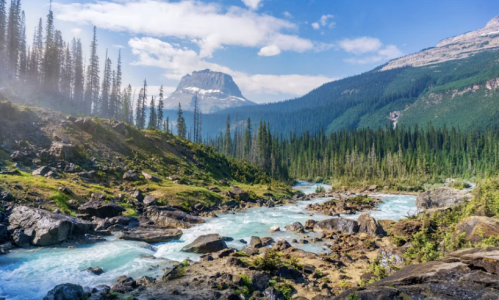
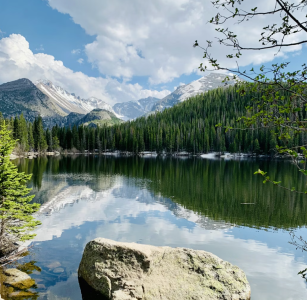
Also read: 15 Winter vacation spots seniors will love—from cozy retreats to sunny escapes

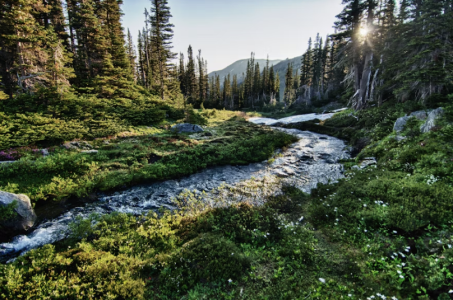

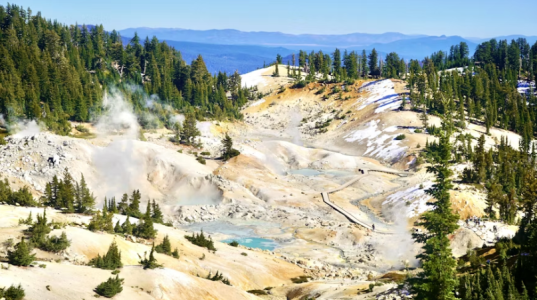

Also read: Why this 233-year-old weather guide could be your secret weapon for winter travel planning
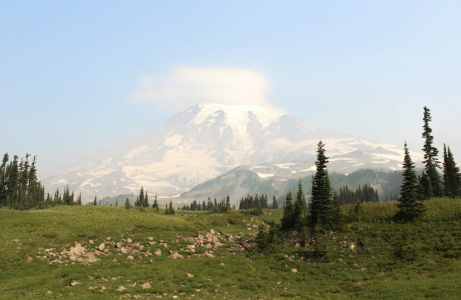
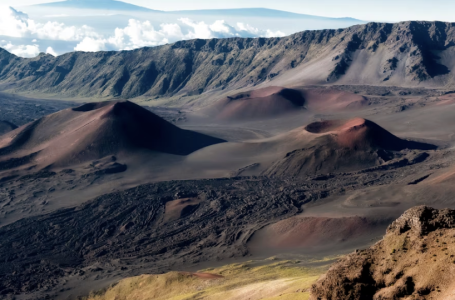
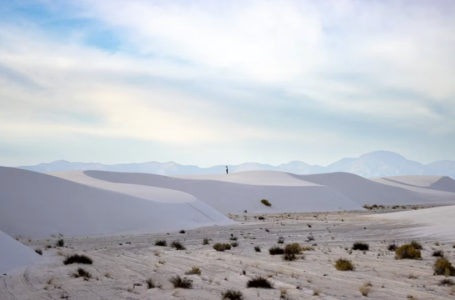
Also read: Winter-ready on a budget: 5 Dollar Tree essentials every senior should grab before the cold hits
2. Dress in layers: Weather can change quickly, especially at higher elevations. Bring warm clothes, waterproof gear, and sturdy shoes.
3. Pack smart: Even in milder parks, nights can be cold. Bring extra water, snacks, and a first-aid kit.
4. Respect wildlife: Animals are more visible in winter, but keep your distance and never feed them.
5. Book early: Some parks have limited winter accommodations—reserve campsites or lodges in advance.
Read next:

Have you braved a national park in winter? Do you have a favorite cold-weather hike, a secret stargazing spot, or a tip for first-timers?
Cooler temperatures create calmer paths, clearer views, and seasonal experiences that simply don’t exist in warmer months.
Visitors searching for peaceful scenery, dramatic weather, or mild outdoor adventures often find that the colder season unlocks a more intimate side of these iconic destinations.
For anyone hoping to avoid the busy months and see nature in a new light, these beautiful places offer a rare kind of magic.

Winter strips away the crowds and reveals a quieter, more intimate side of America’s wild places. Image source: Unsplash
1. Everglades National Park | Florida
If you’ve ever wilted in the Everglades’ summer humidity, you’ll be delighted to know that winter is the park’s “Goldilocks” season—not too hot, not too wet, and just right for exploring. With highs in the 70s and lows in the 50s, you can comfortably spot alligators, turtles, and a dazzling array of birds as they gather around shrinking watering holes. The dry season also means fewer mosquitoes and clearer skies for those famous Florida sunsets. Don’t miss a ranger-led boat tour or a stroll along the Anhinga Trail for up-close wildlife encounters.
Sunset views become clearer during the dry season, creating ideal conditions for an early evening stroll.
Image source: Getty Images / Unsplash
Image source: Getty Images / Unsplash
2. Death Valley National Park | California & Nevada
In winter, this land of extremes becomes a hiker’s paradise, with daytime highs in the 60s and 70s. The cooler weather is perfect for exploring Badwater Basin’s salt flats, the kaleidoscopic Artist’s Palette, or the ghostly ruins of Rhyolite. And when night falls, the park’s International Dark Sky status means you’ll see more stars than you ever thought possible. Pro tip: Bring a thermos of hot cocoa and a blanket for stargazing—it’s pure magic.
Clear evenings pair well with a warm drink and a relaxing spot to settle in for stargazing.
Image source: Grégoire Thibaud / Unsplash
Image source: Grégoire Thibaud / Unsplash
3. Big Bend National Park | Texas
Everything’s bigger in Texas, including Big Bend National Park, which is larger than Rhode Island! Winter brings mild days and chilly nights, so pack layers. Hike the scenic Window Trail, soak in the Rio Grande’s hot springs, or marvel at ancient fossils in the park’s two public archaeological sites. Birdwatchers, keep your binoculars handy—Big Bend is a hotspot for rare species. And if you’re lucky, you might catch a glimpse of the park’s elusive mountain lions.
Wildlife enthusiasts sometimes observe elusive animals moving through rugged terrain when conditions are quiet. Image source: Mick Haupt / Unsplash
4. Glacier National Park | Montana
Glacier in winter isn’t for the faint of heart, but for the adventurous, it’s a snow-draped dream. While many roads close due to snow, the park’s east side (especially around St. Mary Lake) offers cross-country skiing, snowshoeing, and even snowmobiling. The silence is profound, the scenery is jaw-dropping, and the crowds are virtually nonexistent.
Visitors can expect deep silence, dramatic mountain backdrops, and an almost untouched feel throughout the season. Image source: Endrik Cornelissen / Unsplash
5. Rocky Mountain National Park | Colorado
With over 350 miles of trails, Rocky Mountain National Park is a year-round playground. In winter, the park transforms into a snowy wonderland, perfect for snowshoeing, cross-country skiing, and wildlife watching. Elk, mule deer, and moose are easier to spot against the white backdrop. The weather can change in a heartbeat, so dress in layers and check the forecast before you go. For a truly unique experience, try a ranger-led full moon snowshoe walk—an unforgettable way to see the park in a new light.
Unique ranger-led night programs, including full-moon outings, offer memorable ways to experience the landscape. Image source: Aveedibya Dey / Unsplash
Also read: 15 Winter vacation spots seniors will love—from cozy retreats to sunny escapes
6. Bryce Canyon National Park | Utah
Bryce Canyon’s famous hoodoos—those whimsical, orange rock spires—are even more enchanting, dusted with snow. With fewer visitors and average temps around freezing, you’ll have the amphitheaters and viewpoints almost to yourself. Strap on some snowshoes or cross-country skis, or simply enjoy the silence and the stargazing (Bryce is another International Dark Sky Park).
Visitors should remember the high elevation and stay aware of hydration and pacing. Image source: Sean Lee / Unsplash
7. Olympic National Park | Washington
Olympic is a choose-your-own-adventure park, with rainforests, rugged coastline, and alpine peaks all within reach. In winter, you can hike through moss-draped forests, watch dramatic storms roll in from the Pacific, or hit the slopes at Hurricane Ridge. The diversity of ecosystems means you can experience everything from snowball fights to tidepooling in a single day.
Higher elevations host seasonal snow play and winter recreation unique to the region. Image source: Jachan DeVol / Unsplash
8. Arches National Park | Utah
Winter in Arches means cool, comfortable days (often in the 40s and 50s) and a peaceful hush over the park’s 2,000+ sandstone arches. The iconic Delicate Arch is even more photogenic with a dusting of snow, and the lack of crowds means you can linger at viewpoints without jostling for space. Photographers and stargazers, rejoice: the clear winter air makes for stunning shots and unforgettable night skies.
Take advantage of the clear winter air for sunrise, sunset, and nighttime images. Image source: SoloTravelGoals / Unsplash
9. Lassen Volcanic National Park | California
Don’t let the “volcanic” in the name fool you—Lassen is a winter wonderland, with up to 30 feet of snow blanketing its peaks and forests. Sledding, snowshoeing, and cross-country skiing are all on the menu, and the park’s geothermal features (like bubbling mud pots and steaming fumaroles) are even more dramatic against the snow.
Winter visitors typically find the park peaceful and visually striking. Image source: Priya Karkare / Unsplash
10. Joshua Tree National Park | California
If you prefer your winter adventures on the warmer side, Joshua Tree is your spot. With daytime highs around 60 degrees, you can hike, bike, climb, or simply marvel at the park’s otherworldly rock formations and ancient Pinto gneiss. The clear desert air is perfect for photography and birdwatching, and the night skies are legendary. Don’t miss a sunrise or sunset—they’re worth the early wake-up call.
Many travelers plan visits specifically for the park’s famously clear night skies. Image source: William Foley / Unsplash
Also read: Why this 233-year-old weather guide could be your secret weapon for winter travel planning
11. Mount Rainier National Park | Washington
Mount Rainier is a snow lover’s paradise in winter, with deep powder, icy waterfalls, and frosted forests. While some roads close, the park’s Paradise area is open for snowshoeing, skiing, and even winter camping (for the truly brave). The Carbon River Road, closed to vehicles, is a great spot for a peaceful winter hike or bike ride. Be prepared for rapidly changing weather, and check for avalanche warnings before heading out.
Snow lovers enjoy winter routes leading through forests and powder-covered valley. Image source: KaLisa Veer / Unsplash
12. Haleakalā National Park | Hawaii
Yes, you can have a winter adventure in Hawaii! Haleakalā’s summit can dip below freezing, but the reward is a sunrise view you’ll never forget. Bundle up and join the early-morning pilgrimage to the top, or explore the lush Pools of ‘Ohe’o and the scenic Hana Highway. Keep an eye out for the rare silversword plant, which blooms only at high elevations.
Lower sections showcase green valleys, scenic drives, and unique native plants that thrive at high elevations. Image source: Jeff King / Unsplash
13. White Sands National Park | New Mexico
Who says you need snow to go sledding? At White Sands, you can zip down the world’s largest gypsum dunes on a plastic saucer—no mittens required. Winter days are mild (around 60 degrees), but nights can get chilly, so pack accordingly if you’re camping. The stark white landscape is mesmerizing, especially at sunrise or sunset, and the park’s ranger programs offer fascinating insights into this unique ecosystem.
Winter days feel mild and pleasant, making the dunes comfortable to explore for long periods. Image source: Caleb Jack / Unsplash
Also read: Winter-ready on a budget: 5 Dollar Tree essentials every senior should grab before the cold hits
Tips for a safe and memorable winter park visit
1. Check road and trail conditions: Many parks have seasonal closures or require tire chains. Always check the park’s website before you go.2. Dress in layers: Weather can change quickly, especially at higher elevations. Bring warm clothes, waterproof gear, and sturdy shoes.
3. Pack smart: Even in milder parks, nights can be cold. Bring extra water, snacks, and a first-aid kit.
4. Respect wildlife: Animals are more visible in winter, but keep your distance and never feed them.
5. Book early: Some parks have limited winter accommodations—reserve campsites or lodges in advance.
Read next:
- 5These hidden havens across the US are perfect for your next quiet escape
- Top 10 retirement destinations that will give you the most value for your money in 2026
- 17 American wonders that remind you why nature still takes your breath away
Key Takeaways
- Many US national parks are less crowded in winter, offering unique opportunities for outdoor activities like skiing, snowshoeing, and wildlife watching.
- Winter conditions vary dramatically between parks, with some—like Death Valley and Everglades—boasting mild temperatures, while others—like Glacier and Mount Rainier—can be extremely cold and challenging.
- Iconic national parks such as Bryce Canyon and Arches in Utah, and Joshua Tree in California, are ideal for winter visits due to comfortable weather, fewer crowds, and excellent opportunities for photography and stargazing.
- Some parks require special preparation in winter due to elevation, unpredictable weather, or potential hazards, so visitors should plan ahead and take safety precautions.






